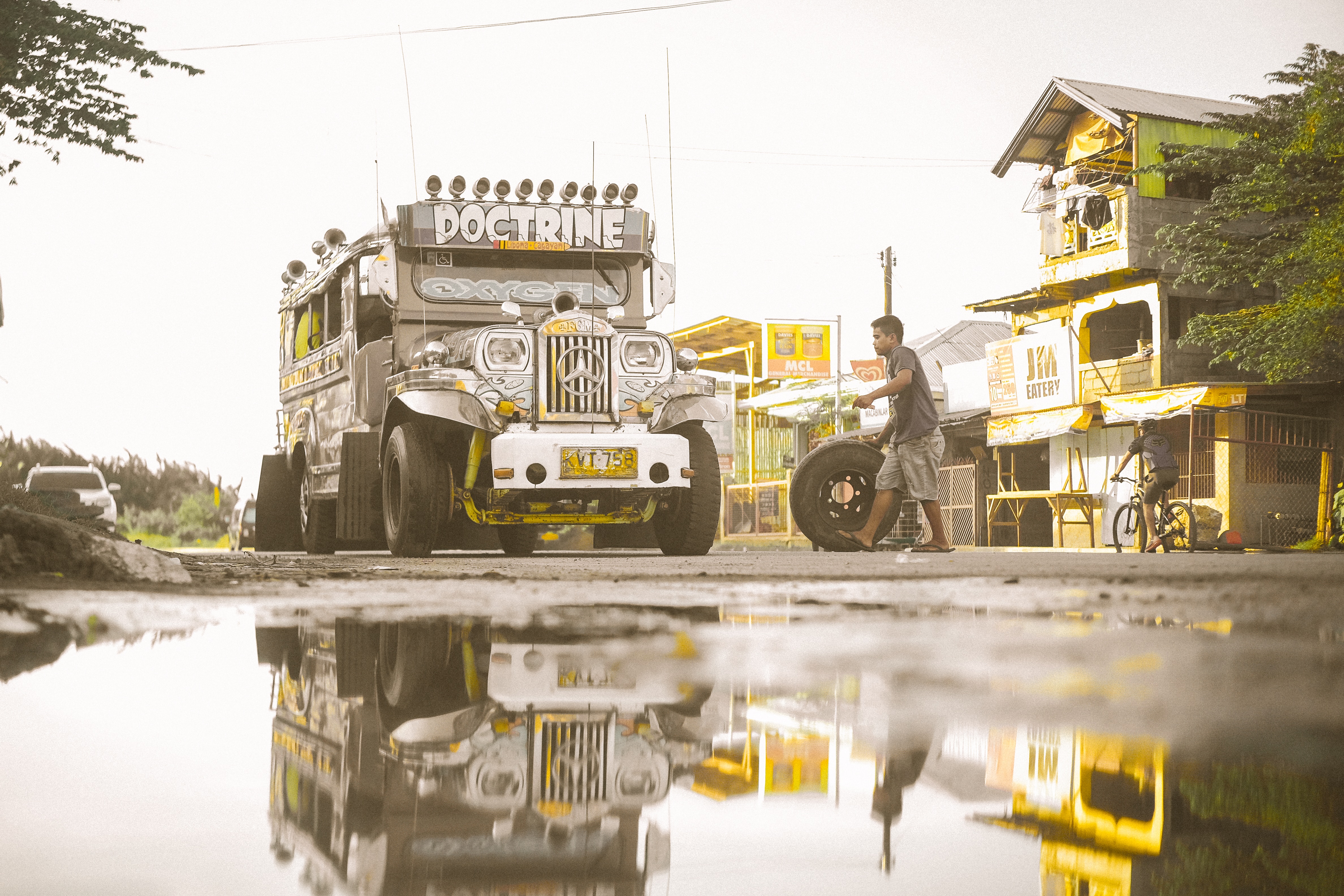Asian cities' journey to Sustainable Urban Mobility: A Focus on Paratransit and Active Modes

Written by Giuliana AMBROSINO, MobiliseYourCity
The transition to sustainable urban mobility requires a fundamental shift in how we live and experience our cities. MobiliseYourCity Asia is promoting paratransit and active modes as essential components of everyday mobility for urban residents in Asia.
Pakistan's Paratransit Revolution: Peshawar Leads the Way
As mentioned by Pablo Salazar Ferro, during the first session of our second day at the MobiliseYourCity Regional event in Asia, the modernisation of paratransit is a crucial aspect of fostering the transition to sustainable urban mobility because “70% of all public transport trips in the world use paratransit modes”, which implies the important need to improve the quality of service and the articulation with the overall transport offer (MobiliseYourCity, 2021- Reforming Paratransit- A catalogue of practical actions for policymakers and practitioners). Moreover, another urgent need is to professionalise the sector: in many cases, sector regulations already exist in some countries, but they are not tailored to the cities. Professionalising the sector would help address this issue and the precarious working conditions of paratransit workers.
Pakistan's Khyber Pakhtunkhwa Province is leading the way in paratransit reform in Asia, with Sustainable Urban Mobility Plans (SUMPs) in development for Peshawar, Mingora, and Abbottabad. Mohammad Imran Khan, General Manager Operations and Market Development of TransPeshawar, gave an insightful presentation on the bus reform in the city. The presentation focused on Peshawar’s experience: there, the reform took approximately one year and greatly improved people's lives in Peshawar. Before reforming the BRT system, the vehicles mostly provided point-to-point services for specific periods of the day and paratransit fixed services. However, they mainly were creating congestion, and the conditions of workers and passengers were not good. The transition had to be smooth to avoid paratransit workers operating along with the reformed system or striking against a reform that would steal their jobs. For this reason, the reform of the bus industry started with an identification of all stakeholders, route and bus profiling, employees and owners profiling, and analyses of the revenues. The profiling of employers involved understanding their age, education and needed training to work in the new BRT system. The process for inclusion of workers positively impacted their lives by giving them labour rights and placing them in a regulated system (eight hours working day, training, safety, security, and so on).
Active Modes: Driving Asia's Transition to Sustainable Urban Mobility
Asia's teeming megalopolises present unique challenges for pedestrians and cyclists. Air pollution, high traffic volumes, and a lack of dedicated infrastructure make walking and cycling difficult and dangerous. But is it really impossible to create safe walking and cycling spaces in Asian cities? As reminded by David Moncholi Badillo: no mission is impossible! Cities have been thought for pedestrians since Roman times. The lesson learnt from different SUMPs implemented in several countries (Spain, United Emirates, Qatar, Philippines) is that by changing how we plan cities, we can give the space back to the people, who will start (re)occupying it by walking and cycling.
Amidst the challenges, there are signs of hope in the region. Asian cities increasingly recognise the importance of active modes for sustainable urban mobility. Discussions at today's event highlighted some of the critical challenges pedestrians and cyclists face in Asian cities. Some examples are very small pedestrian spaces, extremely narrow sidewalks, and no options to access the metro stations from the residential areas (David Moncholi Badillo presented examples from Dubai and Jakarta).
However, for active modes, some good practices are already coming from Asia, paving the way for other good results. Deliani Siregar from ITDP Indonesia shared the example of Jakarta, where active modes have played a crucial role in improving first/last-mile connectivity. She also underlined the intersectionality of the subject of active modes. Most of the vulnerable groups depend on active modes, and this only allows them to move in the neighbourhood, usually less than five kilometres per day. Consequently, this is a barrier to the fulfilment of vulnerable people. Among them, women very often benefit from significantly reduced or absent possibilities to get jobs since these would be too far from their home, and they have minimal access to other means of transport. ITDP is trying, with the help of NGOs, academia, the government, and other bodies, to respond to the challenges that Jakarta and Indonesia are facing. Firstly, it addresses the absence of infrastructure, which is also underlined in most official reports.
A final note was dedicated to the importance of integrating land use in mobility planning. To really create more liveable and sustainable communities for all, mobility planning should always integrate the environment. Only this would give an accurate and effective answer to the mobility problems of Peshawar, Jakarta, and many more cities in the world.